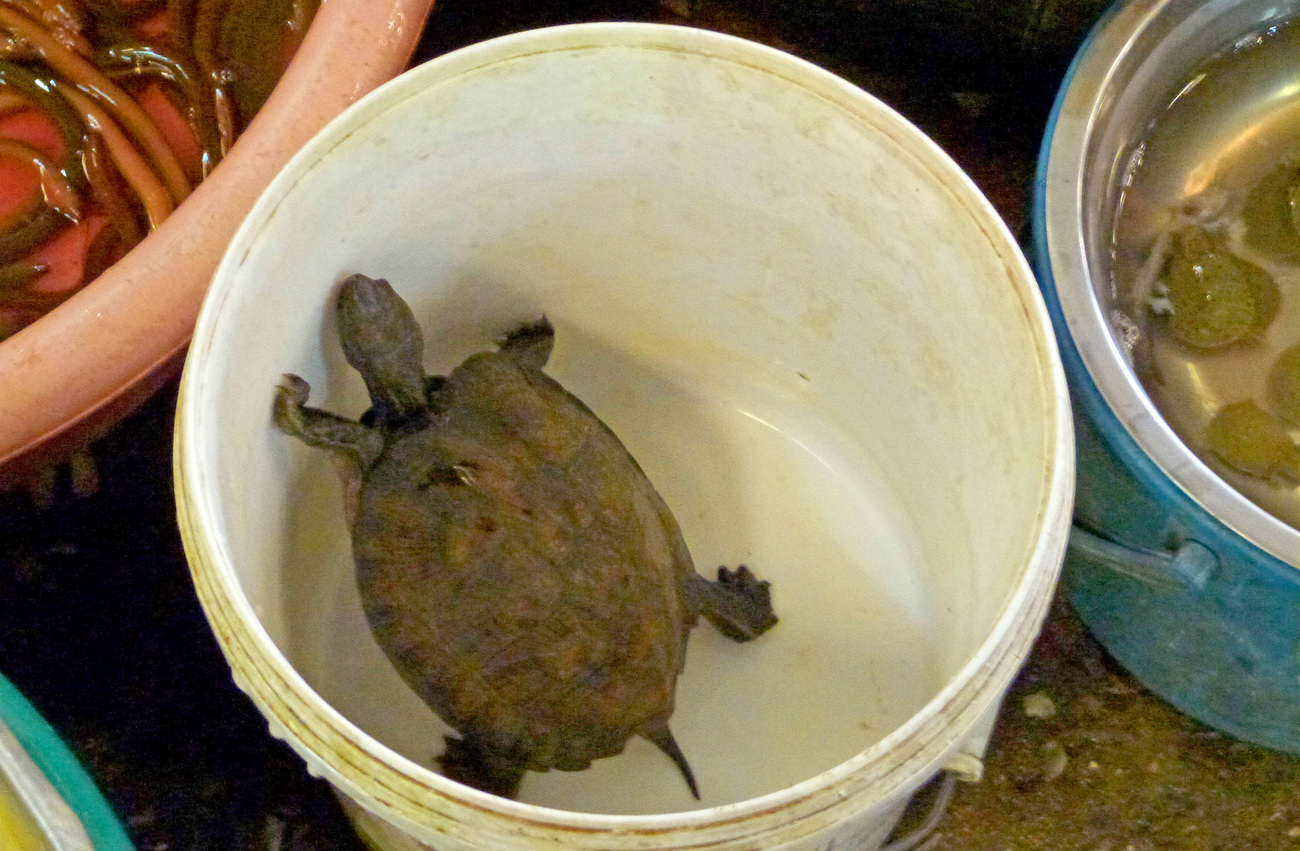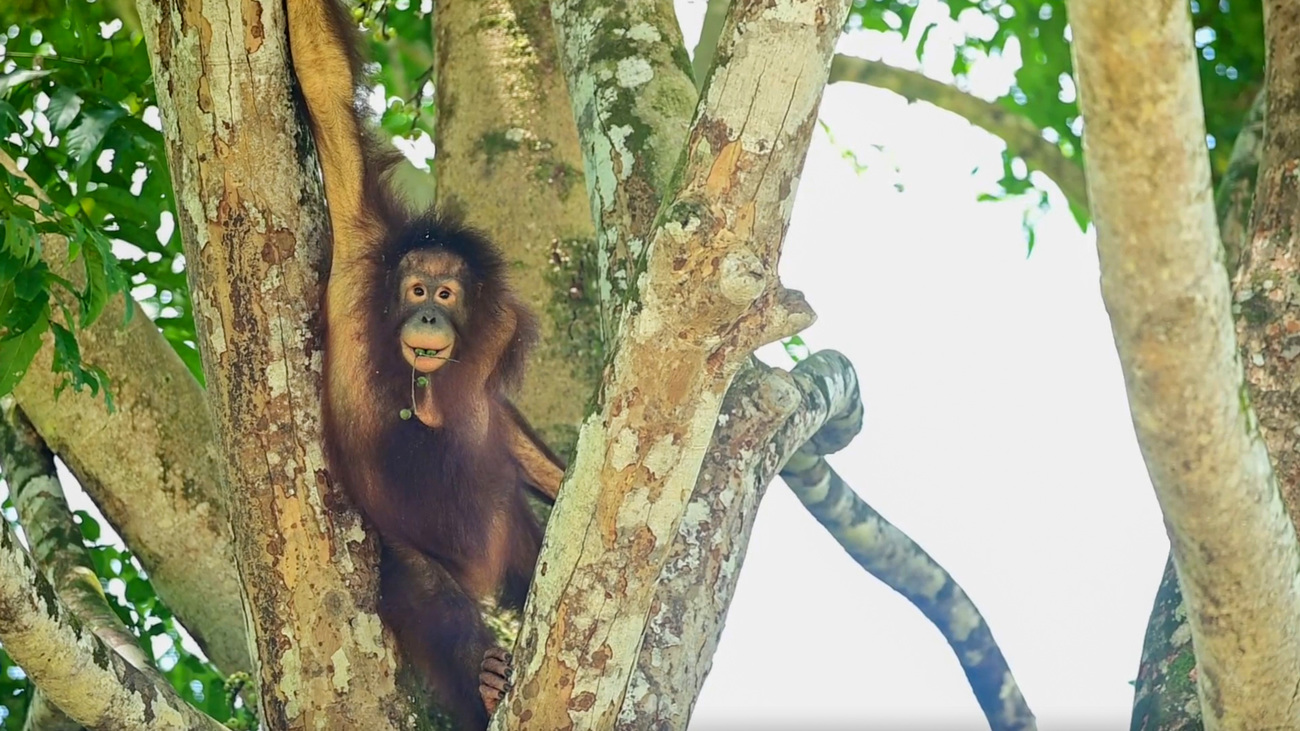Live Animals Seized in Trade - Global
Stopping smugglers is the first step, rescuing animals is the nextthe hidden dangers of owning an exotic pet
the hidden dangers of owning an exotic pet

On TikTok, a famous fox cuddles with a dog for an afternoon nap. A spider monkey dances on a bed, her long arms waving in the air. An Amazon parrot copies everything a girl says.
Behind these clips of cute critters often lies a horrific—and preventable—tragedy. They may seem to be live-laugh-loving life with human families, but exotic pets are often the result of a cruel and deadly trade.
And this trend has life-and-death consequences not just for animals but also for people, because interactions with wildlife make diseases like salmonella and mpox (also known as monkeypox) far more likely to spread to humans.
IFAW Campaign Officer Mark Hofberg says: “Clearly a lot of people want an exotic pet, but there are many reasons those wild animals are bad to have in your home—whether it’s the impact on conservation, transmitting a zoonotic disease, fueling illegal trade, or cost to the owner and native species.”
human health risks
What do mpox, SARS, HIV, Ebola, and avian flu have to do with wildlife?
Answer: They all started off in other animals before they passed to humans, making them zoonotic diseases. Around 75% of new diseases discovered in the last decade are zoonotic, and 72% of those emerging zoonotic diseases originate from wildlife.
Diseases do not easily jump from a bat, prairie dog, pangolin, monkey, or civet cat to a human being. It tends to only happen when we invade their habitats or bring them into close proximity with us under stressful conditions.
Hofberg explains: “Animals sold as exotic pets may have been taken from the wild. They’re often crammed into small cages for transport, along with other animals and even different species, and they get stressed. Stressed animals become sick and shed viral particles more easily—placing other animals and humans who come into contact with them at high risk of getting sick.”
Take turtles, for example. When they’re taken from the wild, they’re taped up so they can’t come out of their shells, then shoved into socks with lots of other turtles. And when they’re so close to each other for that long, diseases can spread quickly among the turtles and then to other species.
“Not only that,” Hofberg says, “but it’s absolutely terrible animal welfare. These animals are transported in horrific conditions.”
animal welfare concerns
For every animal that becomes an exotic pet, many more suffer and die.
The Not a Pet campaign estimates that for every baby chimpanzee that becomes a pet, ten were killed in the process.
Four-month-old spider monkey Mateo is a survivor of the exotic pet trade, though it’s hard to say he was lucky, considering the trauma he experienced. Found inside a vehicle console at the Port of Hidalgo, Texas, Mateo was likely captured from his wild home as an infant.
The Not a Pet campaign says: “This scenario typically involves the mother being killed first, to make it easier for poachers to steal. Once caught, Mateo would have likely made the traumatic journey to the border stuffed inside a bag or small cage, along with several other animals that had also been taken illegally and bound for the pet trade—all facing dehydration, starvation, injury, and disease.
“Many will not even survive this journey.”

conservation threats
Exotic pets also endanger other animals.
The exotic pet trade rips wild animals away from their homes and families, disrupting ecosystems and pushing endangered species closer towards extinction. If they aren’t killed or abandoned along the way, they may end up with people who severely underestimate how much time and money they need to properly care for a wild animal.
Even well-meaning owners frequently make the mistake of “freeing” their pets back into the wild if they can’t continue to care for them. They’re often released into ecosystems that can’t cope with them, though.
Hofberg explains: “In Florida, Burmese pythons have been imported for years as pets. But when they get too big, their owners release them into the wild. Now incredibly special ecosystems like the Everglades are overrun by Burmese pythons that are eating everything.
“Another example is the red-eared slider, a turtle. They’re very popular because they’re small, but people get bored with them and release them outside, where they become an invasive species, out-eating native turtles and other animals.
“These creatures cause serious issues for native wildlife.”
how to be an ally for animals
It can be as simple as refusing to buy an exotic animal if you have a chance to. Instead, use your influence to educate others about why buying an exotic pet is the exact opposite of caring for wildlife. You might instead consider adopting a rescue dog, cat, or other domesticated animal, because you’ll help an animal that really does need a home.
If you’re not a person who could or would buy an exotic animal in the first place, then pledge to be extra careful about not accidentally supporting influencers who show off their exotic pet for social media clout. Your likes, views, and follows on their content are used as currency, bringing them more exposure and sponsorship deals. That exposure can increase popularity and influence others to buy exotic pets, leading to more animals killed, tortured, and abandoned by people who can’t care for them, as well as transmitting new diseases to humans.
Here's Hofberg’s advice: “Be a smart consumer of social media. When I see a fox in a home, for example, it makes me suspicious. I want to find out where that animal comes from. If you think someone is involved in wildlife crime, you can report it to the platform, as well as to 1-844-FWS-TIPS or fws_tips@fws.gov.
“But it can also be as simple as talking to your friends about why it’s not okay. If you see something suspicious online—like an endangered turtle someone took from the wild—you can turn the conversation from ‘That’s a cute turtle’ to ‘This is not right.’”
Related content
Our work can’t get done without you. Please give what you can to help animals thrive.